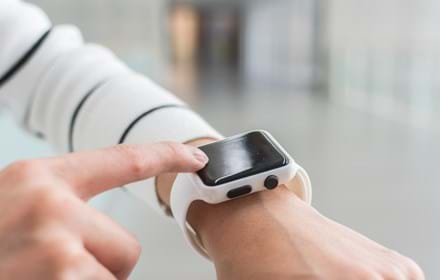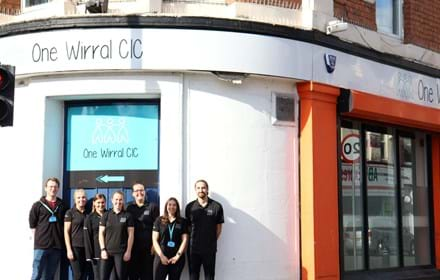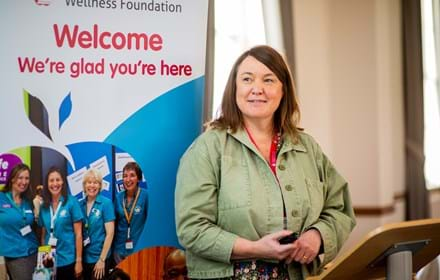
Urgent action needed worldwide to increase physical activity levels among young people and avoid risk of developing type 2 diabetes – WHO study reports
The World Health Organization warns that 80% of young people aged 11 to 17 are not meeting recommended exercise targets and putting their future health at risk.
The finding of a worldwide study on the amount of physical activity undertaken by young people aged 11 to 17 has led the World Health Organization (WHO) to warn that long-term health could be at risk unless urgent action is taken.
Authors of the study, produced by researchers from the World Health Organization and recently published in The Lancet Child & Adolescent Health journal, said that insufficient levels of physical activity in adolescents continue to be extremely high.
The report found that more than 80% of school-going adolescents globally did not meet current recommendations of at least one hour of physical activity per day – including 85% of girls and 78% of boys.
This level of inactivity could compromise their current and future health, put them at risk of obesity as well as developing associated health complications including type 2 diabetes
Study author Dr Regina Guthold, of the WHO, said: “Urgent policy action to increase physical activity is needed now, particularly to promote and retain girls’ participation in physical activity.”
The study of 1.6 million 11 to 17-year-old students found that across all 146 countries studied between 2001-2016 girls were less active than boys in all but four (Tonga, Samoa, Afghanistan and Zambia).
Study co-author Dr Leanne Riley, of the WHO, said: “The trend of girls being less active than boys is concerning. More opportunities to meet the needs and interests of girls are needed to attract and sustain their participation in physical activity through adolescence and into adulthood.”
To increase physical activity for young people, the WHO is recommending that governments identify and address the many causes and inequities – including social, economic, cultural, technological, and environmental – that could perpetuate the differences in activity between boys and girls.

Study co-author Dr Fiona Bull, of the WHO, said: “Countries must develop or update their policies and allocate the necessary resources to increase physical activity.
“Policies should increase all forms of physical activity, including through physical education that develops physical literacy, more sports, active play and recreation opportunities – as well as providing safe environments so young people can walk and cycle independently.
“Comprehensive action requires engagement with multiple sectors and stakeholders, including schools, families, sport and recreation providers, urban planners, and city and community leaders.”
The health benefits of a physically active lifestyle during adolescence include improved heart and muscular fitness, bone and cardiometabolic health, and positive effects on weight.
According to recent studies there is evidence that physical activity has a positive impact on cognitive development and socialising. Current evidence suggests that many of these benefits continue into adulthood.
To achieve these benefits, the WHO recommends that young people to do moderate or vigorous physical activity for an hour or more each day.
For the study researchers estimated how many young people aged 11 to 17 did not meet this recommendation through school-based surveys on physical activity levels. The assessment included all types of physical activity, such as time spent in active play, recreation and sports, active domestic chores, walking and cycling or other types of active transportation, physical education and planned exercise.
To improve levels of physical activity among adolescents, the study recommends that:
- Urgent scaling up is needed of known effective policies and programmes to increase physical activity in adolescents
- Multisectoral action is needed to offer opportunities for young people to be active, involving education, urban planning, road safety and others
Dr Bull added: “The study highlights that young people have the right to play and should be provided with the opportunities to realise their right to physical and mental health and wellbeing.
“Strong political will and action can address the fact that four in every five adolescents do not experience the enjoyment and social, physical, and mental health benefits of regular physical activity. Policy makers and stakeholders should be encouraged to act now for the health of this and future young generations.”
The authors noted some limitations to the study, including that the study only included information from school-going adolescents, due to lack of data for adolescents out of school.
The study was funded by the World Health Organization and conducted by researchers from WHO, Imperial College London, and the University of Western Australia.
Support DRWF by making a donation here
Find out more about DRWF-funded research here
Find out more about DRWF fundraising here
For latest update follow DRWF on Facebook, Instagram and Twitter
To receive the charity’s latest bulletins as they become available, please sign up here
Read DRWF diabetes information leaflets here
Join the Diabetes Wellness Network here
I would like to make a regular donation of
I would like to make a single donation of
There are lots of ways to raise money to support
people living with all forms of diabetes.
Bake, Swim, Cycle, Fly ... Do It For DRWF!
Fundraise with us
Recent News


